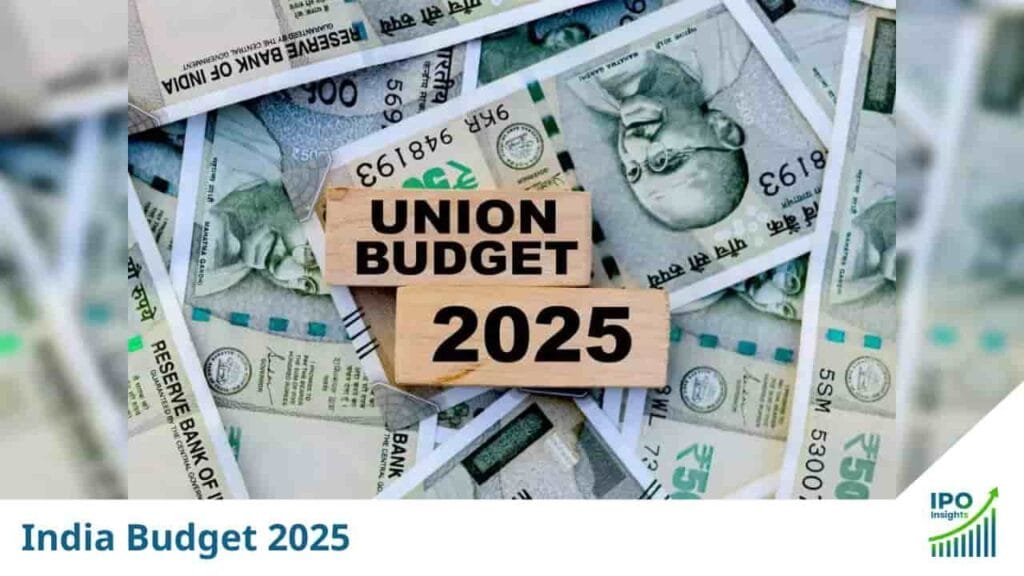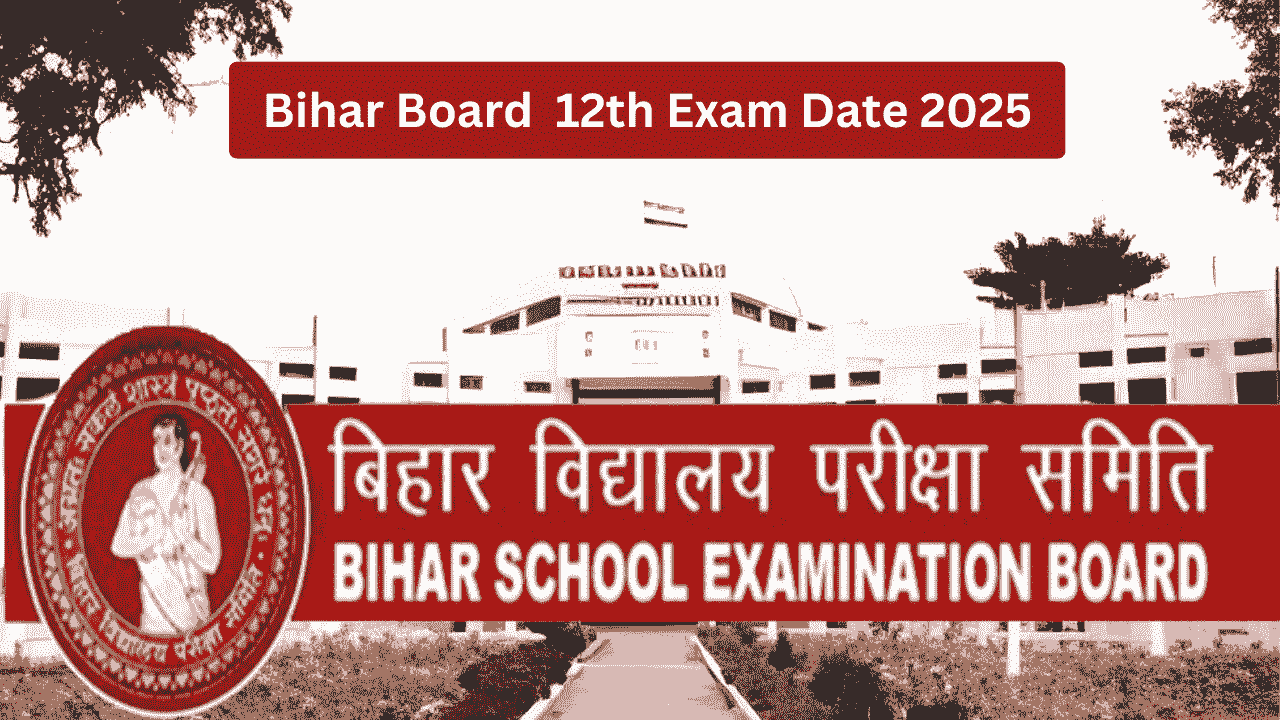The India Budget 2025, presented by Finance Minister Nirmala Sitharaman, is a crucial step in shaping India’s economic trajectory under the Modi 3.0 government. While the budget aims to drive economic growth, it also raises concerns about certain policy gaps. Let’s break down the key announcements and their impact.
1. Income Tax Relief: Who Benefits the Most?
One of the most talked-about aspects of the Union Budget 2025 is the increase in the income tax rebate limit under the new tax regime, raised from ₹7 lakh to ₹12 lakh. This is expected to increase disposable income and boost consumer spending.
Key Considerations:
- New vs. Old Tax Regime: While the government is promoting the new tax regime, many taxpayers may still find the old regime beneficial due to deductions and exemptions.
- Impact on Savings: Higher disposable income could lead to increased spending, but it may also reduce tax-saving investments.
- Long-Term Effect: The reduction in direct tax collection could impact government revenue and fiscal planning.
2. Infrastructure Development: A Game Changer?
A significant allocation has been made for railways, roads, and urban infrastructure to drive economic growth. However, success depends on the implementation speed and funding mechanisms.
Key Questions:
- Project Prioritization: How will the government ensure timely completion of infrastructure projects?
- Funding Sources: Are there enough funds available to sustain these projects without increasing fiscal burden?
- Sustainability: How will these projects align with green and sustainable development goals?
3. Agriculture & Rural Development: Is It Enough?
The government has announced initiatives like natural farming promotion, rural digitalization, and improved rural infrastructure. However, farmers’ concerns remain.
Challenges:
- Implementation Gaps: Many policies fail due to ineffective execution. Will the benefits reach small-scale farmers?
- Farm Distress: Will these initiatives be sufficient to tackle issues like low farm income and loan burdens?
- Climate Change: How will India’s agricultural policies adapt to extreme weather patterns?
4. Green Growth: Vision vs. Reality
The budget places emphasis on renewable energy, energy efficiency, and sustainability, aligning with India’s net-zero goals. However, achieving these targets remains a challenge.
Key Issues:
- Renewable Energy Expansion: How will India scale up solar and wind energy projects?
- Investment in Green Tech: Are there enough incentives for businesses to invest in eco-friendly technologies?
- Transitioning Traditional Industries: How will the government support industries shifting to green energy without job losses?
5. Digital India: Reducing the Digital Divide
The push for a digital economy is vital for financial inclusion, but rural India still struggles with access to affordable digital services.
Priority Areas:
- Digital Literacy: How will the government ensure rural communities get access to digital education?
- Data Privacy & Security: With growing cyber threats, how strong are the data protection policies?
- Digital Infrastructure: Is India’s internet penetration enough to make digital inclusion a reality?
6. Social Welfare: Inclusive Growth or Missed Opportunity?
The budget focuses on education, healthcare, and women empowerment, but fund allocation for these sectors remains questionable.
Major Concerns:
- Education Quality: How will India improve the quality of education across all levels?
- Healthcare Access: Are there enough budget provisions for public healthcare improvement?
- Women’s Empowerment: How will policies ensure better workforce participation for women?
7. Fiscal Consolidation: Striking the Right Balance
India aims to reduce its fiscal deficit to 4.4% of GDP in FY 2025-26. While this promotes economic stability, some fear it could restrict growth.
Critical Aspects:
- Revenue Generation: How will the government increase tax collection while offering relief?
- Expenditure Management: Are there strategies to control unnecessary spending?
- Economic Uncertainty: Can the government handle external economic shocks without overshooting fiscal targets?
Conclusion: Is India Budget 2025 a Game-Changer?
The India Budget 2025 brings progressive policies but also leaves many questions unanswered. The success of these measures will depend on efficient implementation and policy follow-through.
Key Takeaways:
- Income tax relief benefits middle-class taxpayers but could reduce savings.
- Infrastructure push can boost economic growth if executed efficiently.
- Agriculture policies require strong implementation to benefit small farmers.
- Green growth needs more investments and incentives.
- Digital inclusion must prioritize rural access and data security.
- Fiscal consolidation is a positive step, but revenue generation remains a challenge.
Will India Budget 2025 lead to sustained growth? The coming months will reveal whether these policies drive real change or remain on paper.
FAQs on India Budget 2025
The India Budget 2025 focuses on income tax relief, infrastructure development, fiscal consolidation, digital growth, green energy, and social welfare. It aims to boost economic growth while ensuring fiscal stability.
The income tax rebate limit under the new tax regime has been increased from ₹7 lakh to ₹12 lakh. However, there are no changes in the old tax regime, which still provides deductions and exemptions.
The budget allocates a significant amount for railways, roads, and urban infrastructure. The goal is to create jobs, improve connectivity, and drive economic growth.
The government plans to promote natural farming, digitization of agriculture, and rural infrastructure development. However, implementation remains a key challenge for addressing farm distress and climate change impact.
The budget emphasizes renewable energy, energy efficiency, and sustainability. Policies aim to boost solar and wind energy projects, but their execution and investment attraction remain crucial factors.
The budget includes initiatives to expand digital infrastructure, improve digital literacy, and promote financial inclusion. However, rural accessibility and data privacy are key concerns.
The government aims to reduce the fiscal deficit to 4.4% of GDP in FY 2025-26, down from 4.8% in the current fiscal year. This is aimed at maintaining economic stability and investor confidence.
While the budget promotes growth and fiscal prudence, some concerns include:
Lack of direct measures for unemployment
Insufficient allocation for healthcare and education
Uncertainty over the success of green energy targets
Challenges in infrastructure project execution
Middle-class taxpayers under the new tax regime
Infrastructure and construction sectors due to heavy investments
Renewable energy industries with increased government focus
Digital startups benefiting from Digital India initiatives
Higher tax rebate increases disposable income for those under the new tax regime
More job opportunities in the infrastructure and digital sectors
Better connectivity due to improved transportation and urban planning
Potential rise in fuel and commodity prices due to fiscal measures
Disclaimer: This article provides informational content on India Budget 2025 and does not offer financial advice. For personalized guidance, consult financial experts. We are not responsible for any decisions made based on this content, and the accuracy of information is not guaranteed. Verify with official sources.








